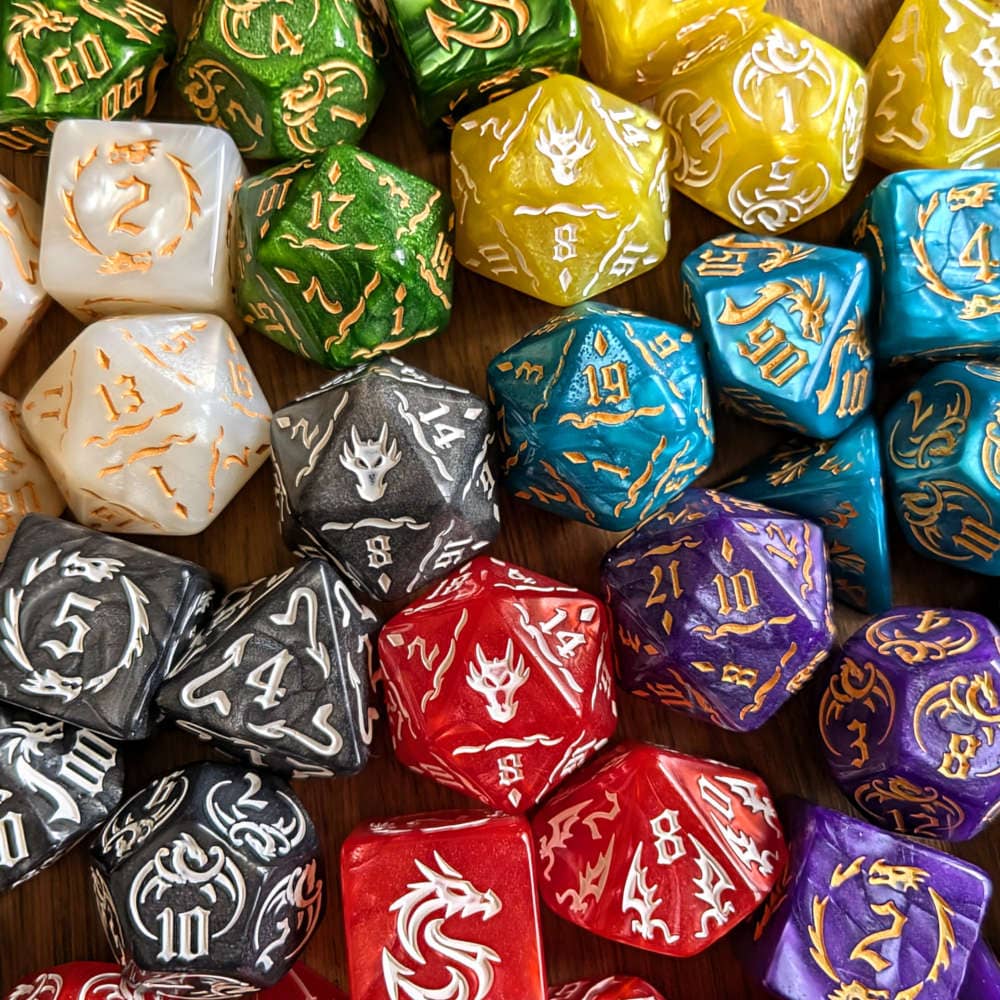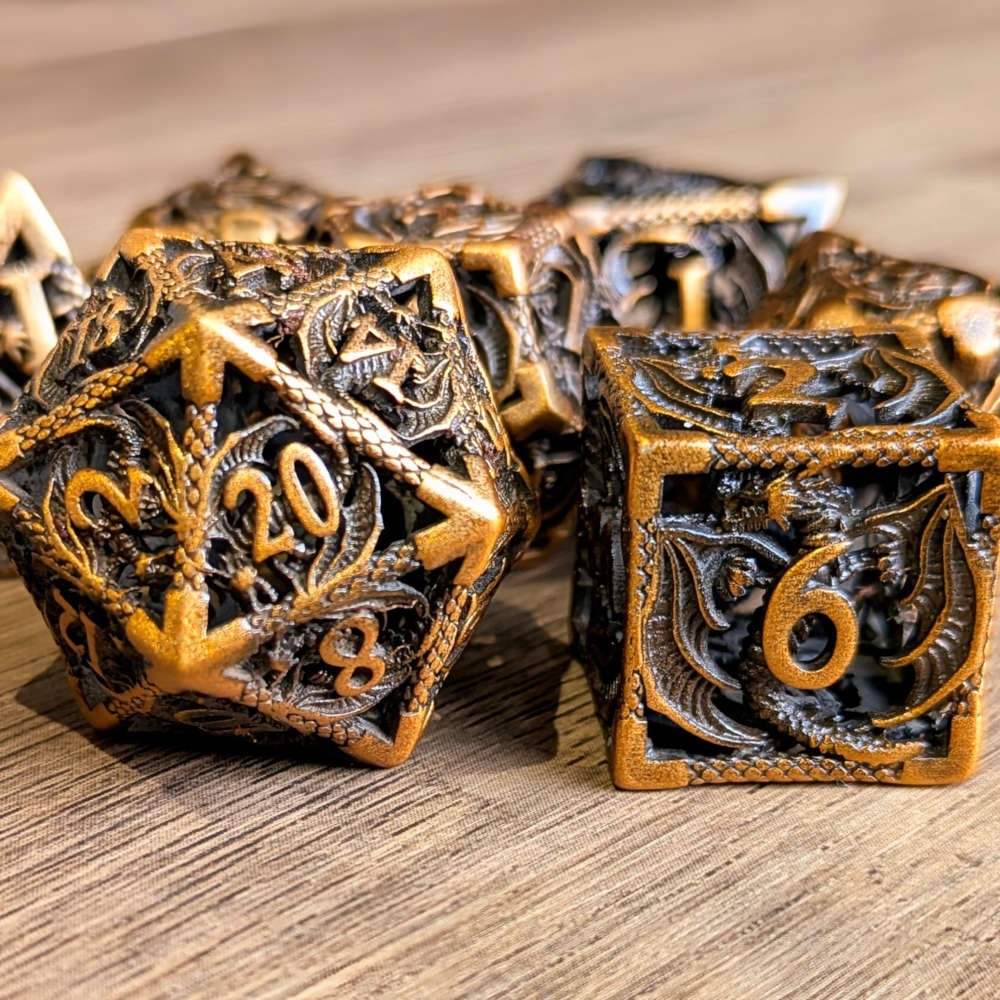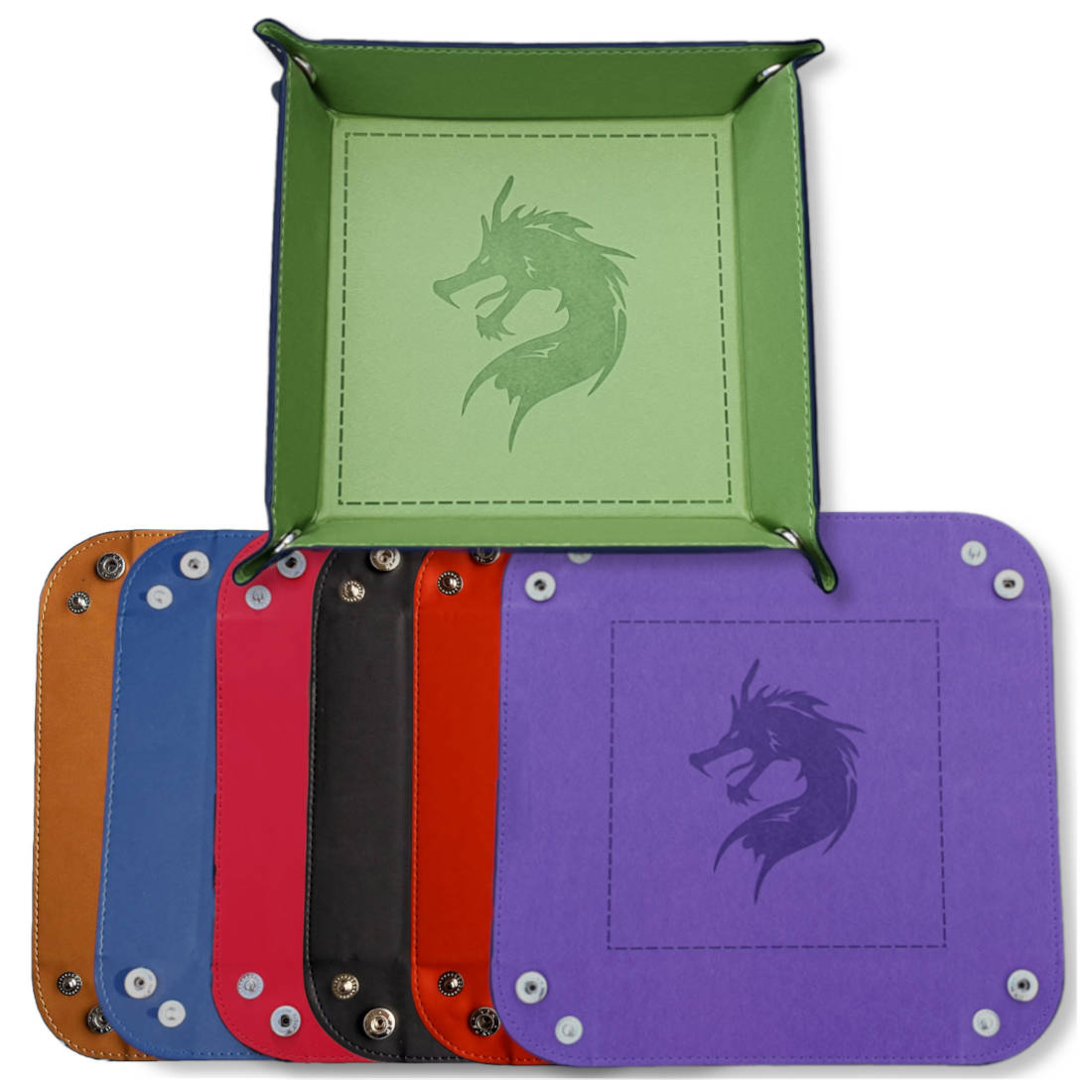Can you have a dragon as a pet in D&D?

Dragons are among the most well-known creatures in D&D, so it’s unsurprising that many players ask 'Can I have a dragon as a pet?'. The answer is yes, there are official rules and several creative ways to have a pet dragon in D&D 5e.
In this guide, we’ll explore some of the many possibilities of having a dragon as a pet. Having a pet dragon can affect the balance of your game, so if you’re keen on acquiring a dragon companion, discuss it with your Dungeon Master (DM).
Can you befriend a dragon in D&D?
You can't ‘tame’ a dragon in the literal sense, as they are sentient and highly intelligent creatures. However, it is possible to befriend one depending on the context and the dragon type. There are also ways to have a dragon pet in D&D 5th Edition (5e).
How can you get a dragon companion in DND 5e?
Yes, it is possible to have a dragon pet in D&D 5e. Playing as a Drakewarden Ranger or a Pact of the Chain Warlock, or receiving a Draconic Gift are the three ways in keeping with the game’s rules.
Playing a Drakewarden Ranger
The most popular path to dragon companionship is through the Drakewarden Ranger, a subclass introduced in Fizban’s Treasury of Dragons.
Drakewardens form a bond with a powerful pet dragon that fights and grows alongside them, creating an unbreakable partnership.
Playing a Pact of the Chain Warlock
As a Pact of the Chain Warlock, you can summon a pseudodragon as your loyal pet dragon using the ‘Find Familiar’ spell.
A pseudodragon isn’t quite the same as a proper dragon. It has much more limited powers and abilities. However, it offers a fun way to have a dragon companion in D&D if you're not interested in playing a Drakewarden Ranger.
Receiving a Draconic Gift
In Fizban’s Treasury of Dragons, you can receive a Draconic Gift. This is typically granted by slaying a dragon and can manifest in various ways, such as gaining the aid of a draconic familiar.
Are there any other ways to get a dragon pet?
Some DMs may, as a homebrew rule, allow Wizard characters to summon a pseudodragon using 'Find Familiar'. This isn't strictly rules as written, so do not assume that your DM will let you do this.
Having a dragon pet is not commonplace in D&D 5e. Nor is there an official way to play as a dragon in D&D.

Above: Curiosity, our beloved Drakewarden Ranger, and his partner in crime, Iridis, an opalescent dragon.
Dragons are powerful and legendary creatures, and simply bestowing a dragon as a pet without appropriate context or challenge could disrupt the game's balance and diminish the significance of such an extraordinary companion.
As such, players interested in having a dragon pet should collaborate with their Dungeon Master to find something suitable for their game. If you’re making a new character and want to have a dragon pet, you should discuss this with your DM in a session zero.
That being said, there are plenty of reasons why, if you're a Dungeon Master, you should consider letting your players have a dragon pet in D&D!
Why have a dragon pet?
Introducing a dragon pet into your D&D campaign can add an intriguing dimension to the gameplay, enriching the narrative and player experience in several ways:
- Unique companionship: A dragon pet offers a distinctive opportunity to forge a special bond between the player characters and this legendary creature. The relationship can evolve in various directions, becoming a source of loyalty, friendship, and even humour. This can create memorable interactions that deepen the emotional ties within the party.
- Interesting storytelling: Dragons are iconic figures in D&D. Having one as a pet opens numerous roleplaying and storytelling opportunities. The dragon's past, species, and experiences might conceal secrets or directly tie into the campaign's plot.
- Epic battles: With a dragon pet at your side, you can use their abilities to complement your characters' abilities. This enhances combat dynamics and introduces an additional layer of strategy.
- Character development: The presence of a dragon pet can catalyse character growth. As players care for and understand their extraordinary companion, they might face moral dilemmas and decisions that mould both the characters and the narrative.
How can I find a dragon pet in D&D?
The DM has the creative freedom to craft exciting and compelling narratives, one of which could involve granting their players the opportunity to encounter and befriend a dragon.
Here are some potential story ideas to spark your imagination:
- During a perilous quest deep within a cave or mountain, the players discover a hatching dragon egg, abandoned and vulnerable.
- As the party ventures through a dense forest, they stumble upon a wounded pseudodragon. Upon closer inspection, they find the small creature trapped, and have the opportunity to save it.
- While exploring ancient ruins, the players come across a lost dragon wyrmling trying to fend off a group of menacing creatures.
- A wise sage reveals an ancient prophecy foretelling a group of heroes destined to befriend a young gem dragon of great significance.
- The players embark on a quest to recover stolen treasure guarded by a reclusive dragon. Instead of fighting, the dragon offers them an alternative.
- An ancient parchment speaks of a contract between a legendary dragon and a noble lineage from ages past. Unravelling the mystery of the contract leads to a secret chamber, where a slumbering dragon awaits to form a new bond with the rightful inheritors of the ancient pact.
- In a moment of dire need, a player strikes up a deal with a dragon god like Tiamat or Bahamut, who grants them a dragon familiar, but at a cost.
Remember, these are just a few examples of how you could introduce a dragon pet into your D&D campaign. Having a dragon companion isn’t the only way to make a unique D&D character. The possibilities are limitless, so let your imagination soar!
How do you raise a dragon in D&D?
Dragons live for a very long time, so Dungeon Masters (DMs) can pace the progression of a dragon to fit the narrative of their game, whether that's over a few months, years, or further.
The growth stages of a dragon pet are outlined in the 5e Monster Manual:
- Wyrmling (5 years or less): The initial stage of a dragon’s life, akin to hatchlings. They are vulnerable and rely on nurturing and guidance.
- Young (6-100 years): As the dragon matures, it develops both physically and mentally, gaining independence while still needing care.
- Adult (101-800 years): At this stage, the dragon is formidable and strong, capable of self-sufficiency and potentially forming powerful alliances with its caregivers.
- Ancient (801 years or more): The pinnacle of a dragon’s existence, where it possesses immense power and wisdom, becoming a legend in its own right.
Raising a dragon is a demanding endeavour that offers limitless storytelling possibilities. The unique bond formed between players and their dragon pet can lead to unforgettable roleplay experiences, whether with a chromatic dragon or a metallic dragon.
Dragon-themed accessories for your next adventure
If you enjoyed this guide and want to read more, check out our post about Bahamut. It breaks down who Bahamut is, shares his statblock for D&D 5e, and gives some ideas for Dungeon Masters and players wanting to incorporate the Platinum Dragon into their adventures.
Now that you're well-versed in the nuances of having a dragon companion in D&D, it's time to gear up with some dragon-inspired wares. Explore our collection of dice for D&D, complemented perfectly by our dragon-themed dice trays.
For those seeking a touch of sophistication and style, we also offer an array of dragon dice holders and dragon dice boxes.
Credit goes to Emily Fiegenschuh for the cute blue dragon wyrmling drawing used at the beginning of our article.





